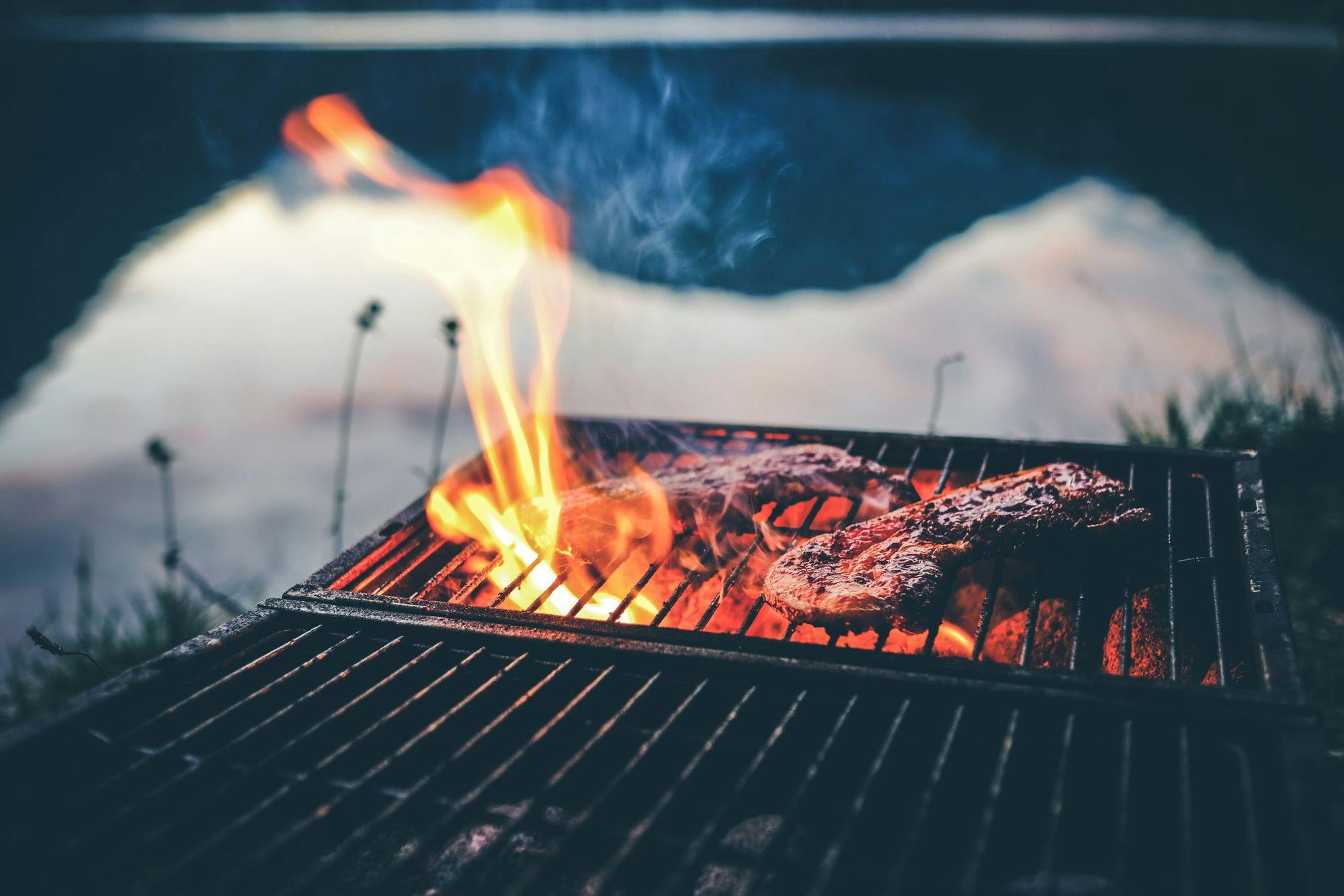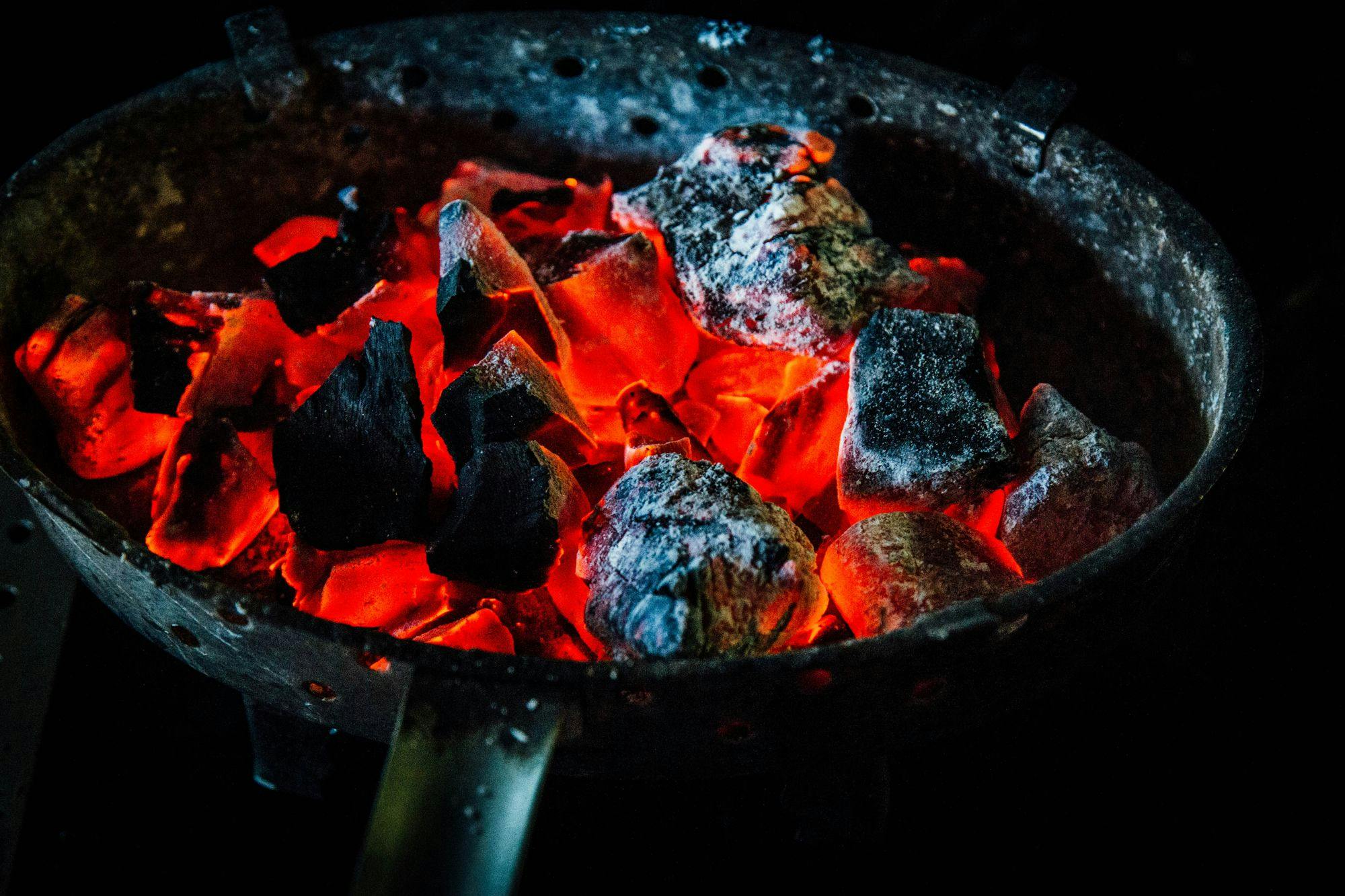Preserving the Flavors: Unveiling the Chemistry Behind Canning
Unlock the secrets of preserving flavors with the power of chemistry! In this article, we will dive deep into the lessons in chemistry recipes, specifically focusing on the process of canning. By understanding the chemistry behind canning, you can confidently select, prepare, and serve delicious preserved foods. So let's get started!
The Benefits of Canning
Canning is a method of preserving food that has been practiced for centuries. It involves sealing food in jars or cans and then heating them to destroy microorganisms and enzymes that can cause spoilage. The benefits of canning go far beyond just preserving food; they extend to preserving flavors, nutrients, and even reducing food waste.
One of the main advantages of canning is the preservation of flavors. When fruits and vegetables are canned, their flavors are locked in, allowing you to enjoy the taste of summer all year round. Additionally, canning helps retain the nutrients present in the food, ensuring that you get the maximum nutritional value from your preserved goods.
Another benefit of canning is the extended shelf life it provides. By sealing the jars tightly and heating them to high temperatures, harmful bacteria and enzymes are killed, preventing spoilage. This means that your canned goods can last for months or even years, allowing you to enjoy your favorite foods even when they are out of season.
Canning is also a cost-effective method of preservation. By canning your own produce, you can take advantage of seasonal sales or grow your own fruits and vegetables, reducing your grocery bill. Additionally, canning helps reduce food waste by allowing you to preserve excess produce before it goes bad.
Convenience and accessibility are also key advantages of canning. Having a pantry stocked with canned goods means that you always have a quick and easy meal option on hand. It also allows you to enjoy seasonal flavors even when they are not readily available in your area.
Selection Criteria: Choosing the Perfect Ingredients
The first lesson in chemistry recipes begins with the selection of ingredients. When it comes to canning, it is essential to choose fresh and high-quality produce. The quality of the ingredients you use will directly impact the quality of the final product.
When selecting fruits and vegetables for canning, it is important to consider their acidity levels. The acidity of the food plays a crucial role in the canning process. Low-acid foods, such as most vegetables and meats, require additional measures to ensure their safety, such as pressure canning. On the other hand, high-acid foods, like most fruits and pickles, can be safely processed using a water bath canner.
Understanding the impact of pH levels on food safety and preservation is another important aspect of selecting ingredients for canning. The pH scale ranges from 0 to 14, with 7 being neutral. Foods with a pH below 4.6 are considered high-acid and are less likely to support the growth of harmful bacteria. These foods can be safely canned using the water bath method. Foods with a pH above 4.6, such as low-acid vegetables and meats, require the use of a pressure canner to ensure their safety.
Tips for selecting the right fruits and vegetables for canning include choosing produce at its peak ripeness, as it will have the best flavor and nutrient content. It's also important to avoid overripe or damaged produce, as it may affect the quality of the preserved product. Lastly, make sure to thoroughly wash and sanitize your produce before canning to remove any dirt or pesticides.
The Canning Process: A Detailed Recipe
Now that you have selected your ingredients, let's dive into the canning process itself. Think of this as a detailed recipe for successful canning.
Step 1: Sterilizing Jars and Equipment
Before you start canning, it is crucial to sterilize your jars and equipment. This step ensures that no harmful bacteria or microorganisms are present that could spoil your preserved goods. To sterilize your jars, wash them thoroughly with hot soapy water, rinse well, and then place them in a large pot filled with water. Bring the water to a boil and let the jars boil for 10 minutes. In a separate pot, sterilize other equipment such as lids, bands, funnels, and ladles.
Step 2: Preparing the Ingredients
Once your jars and equipment are sterilized, it's time to prepare your ingredients. Wash, peel, and chop your fruits and vegetables as required. Follow a trusted recipe for precise instructions on how to prepare each ingredient. It's important to follow the recipe closely to ensure safety and proper preservation.
Step 3: Filling the Jars and Adding the Preserving Liquid
After preparing your ingredients, it's time to fill the jars. Pack the fruits or vegetables tightly into the jars, leaving the recommended headspace specified in the recipe. Headspace refers to the space left between the top of the food and the rim of the jar. This space is necessary to allow for expansion during processing and to create a proper seal.
Next, add the preserving liquid. This can be a simple syrup, fruit juice, or brine, depending on the recipe. The preserving liquid helps maintain the flavor, texture, and color of the preserved food. It also acts as a barrier against air, preventing spoilage.
Step 4: Processing the Jars
Once the jars are filled and the preserving liquid is added, it's time to process them. The processing method depends on the type of food you are canning. High-acid foods can be processed using the water bath canning method, while low-acid foods require the use of a pressure canner.
For water bath canning, place the filled jars in a large pot filled with hot water. The water should cover the jars by at least one inch. Bring the water to a boil and process the jars for the recommended time specified in the recipe. This processing time ensures that any remaining bacteria or enzymes are destroyed, ensuring the safety and long shelf life of your canned goods.
For pressure canning, place the filled jars in a pressure canner. Follow the manufacturer's instructions for your specific canner to ensure proper processing. The pressure canner uses steam and high pressure to reach temperatures above the boiling point of water, effectively killing any bacteria or enzymes.
Step 5: Cooling, Sealing, and Storing the Jars
Once the processing time is complete, carefully remove the jars from the water bath or pressure canner using jar lifters or tongs. Place the hot jars on a towel or cooling rack and allow them to cool completely. As the jars cool, you will hear a satisfying "pop" sound, indicating that the jars have sealed properly.
After the jars have cooled, check the seals by pressing down on the center of the lids. If the lids do not flex or move, the jars have sealed correctly. If any jars did not seal, refrigerate them and consume the contents within a few days.
Store your sealed jars in a cool, dark place. Properly sealed and processed jars can be stored for months or even years. However, it's always a good idea to label your jars with the contents and date to keep track of their freshness.
Step 6: Labeling and Organizing Your Preserved Foods
To ensure that you can easily find and enjoy your canned goods, it's important to label and organize them. Use waterproof labels or permanent markers to write the contents and date on each jar. Organize your jars by type of food or in alphabetical order, making it easier to find what you need when you're ready to enjoy your preserved delights.
Pitfalls to Watch Out For
While canning is a safe and effective method of food preservation, there are a few pitfalls to watch out for. The most serious concern is botulism, a rare but potentially deadly form of food poisoning caused by the bacteria Clostridium botulinum. This bacteria can survive in improperly canned foods and produce a toxin that can lead to severe illness or even death.
To avoid botulism and other foodborne illnesses, it's important to follow proper canning techniques. This includes using the correct processing method, following tested recipes, and ensuring that your jars and equipment are properly sterilized. It's also essential to store your canned goods in a cool, dark place and to discard any jars that show signs of spoilage, such as bulging lids, off smells, or visible mold.
Common mistakes to avoid during the canning process include not processing the jars for the recommended time, using old or damaged jars, failing to remove air bubbles from the jars before sealing, and not properly adjusting the headspace. These mistakes can compromise the safety and quality of your preserved foods.
Understanding the signs of spoilage is another important lesson in chemistry recipes
About Erika Oliver
Erika Oliver is a passionate writer, community advocate, and culinary enthusiast dedicated to bringing people together through the art of barbecue and neighborhood connections. With a profound love for both food and community, Erika has become an influential voice in promoting the joy of gathering around the grill and fostering a sense of belonging among neighbors.


